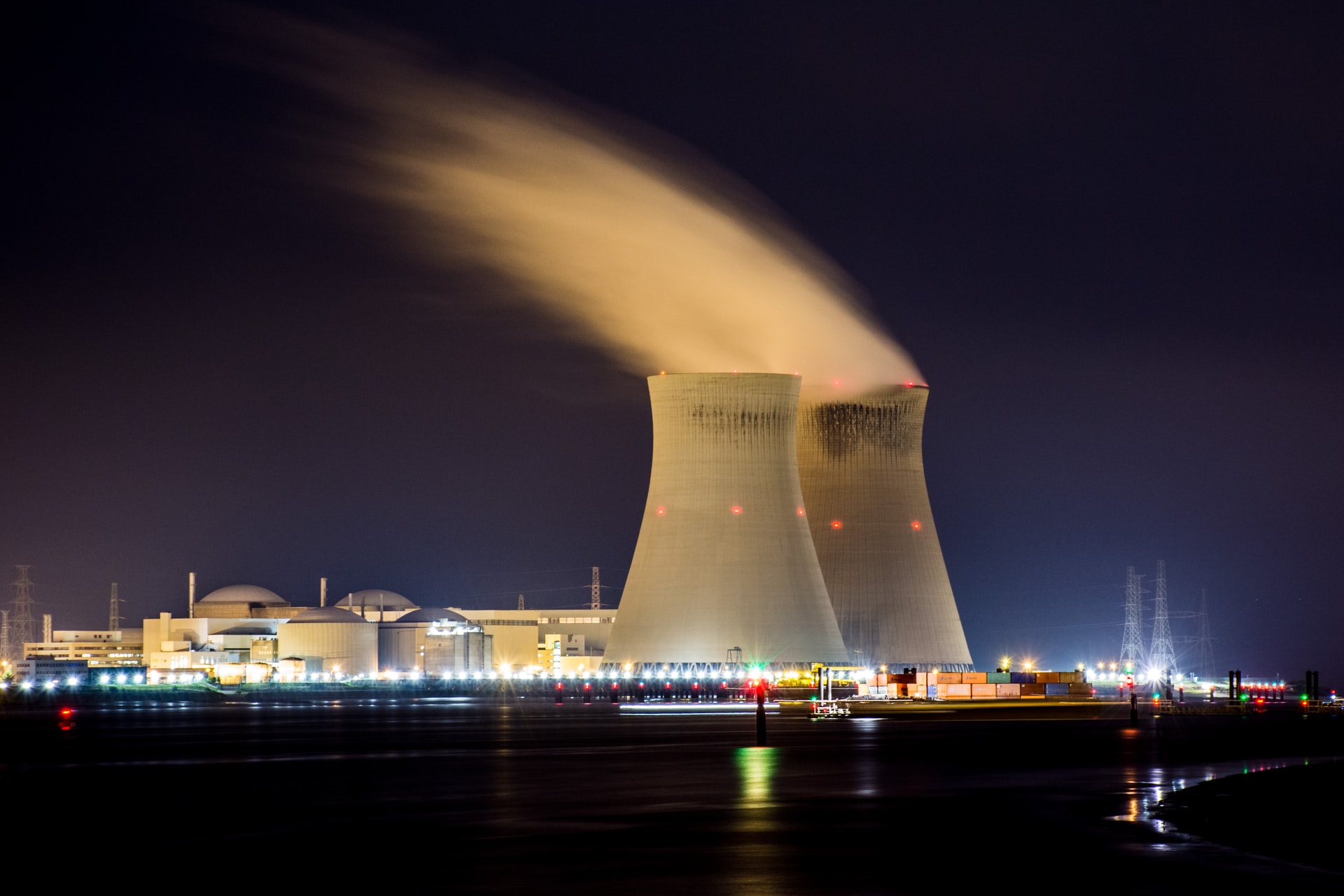Uranium prices are on the rise, largely due to years of supply cuts from major miners. However, involuntary production shortfalls from COVID-induced shutdowns are winding down stockpiles even more quickly than anticipated. This comes just as the US passes new safeguards to shore up their nuclear energy supply chain and China embarks on a massive buildout of their own domestic capacity. Consistently stronger uranium pricing in 2020 has boosted stocks in the sector to multi-year highs.
Related ETF: North Shore Global Uranium Mining ETF (URNM)
US Strategic Reserve and Chinese Carbon Pledge Drive Long-Term Demand
For the first time in decades, the nuclear energy industry is currying bipartisan favor, boosting prospects for uranium demand.
As S&P Global wrote last month, the Democratic Party’s platform finalized in August named existing and advanced nuclear technologies — along with other zero-carbon technologies like hydroelectric power, geothermal and carbon capture and storage — within the “technology-neutral” approach it embraced to decarbonize the power sector.
It was the first time the party had endorsed nuclear energy in 48 years, according to the American Nuclear Society.
Just last week, the US Senate Committee on Environment and Public Works (EPW) approved a bipartisan bill, titled the American Nuclear Infrastructure Act (ANIA), that will advance the federal initiative to establish a US national strategic uranium reserve and secure the country’s nuclear fuel supply chain.
As MRP reported back in September, the Trump administration had asked Congress for $1.5 billion over the next 10 years to establish a stockpile of American uranium. Nuclear energy provides about 55% of carbon-free power in the United States and has effectively prevented around 506 million metric tons of CO2 emissions. As the largest consumer of global uranium production, the US accounts for nearly 30% of worldwide demand, but little of that uranium is sourced internally.
While the final size of a potential stockpile has not yet been specified, section 402 of the ANIA specifies that not later than 60 days after the date of enactment, the Secretary of Energy, subject to the availability of appropriations, shall establish a program to operate a uranium reserve with the authority outlined in the Atomic Energy Act of 1954. The ANIA will ensure that the strategic reserve will only come from American producers or others licensed by the Nuclear Regulatory Commission.
Last year, MRP noted that major Asian economies like China were just beginning their own age of nuclear energy. According to Power Construction Corporation of China, the state-owned power plant manufacturer, China aims to become one of the world’s largest nuclear power users. The government plans to build over 80 new reactors in the next 15 years, and more than 230 by 2050.
Nuclear plants supplied less than 5% of China’s annual electricity needs in 2019, according to the National Energy Administration, but this share is expected to grow as Beijing attempts to become carbon-neutral by 2060. Bannerman Resources estimates that, by 2040, a huge buildout of capacity would require China’s nuclear energy sector to annually consume more uranium than the total amount mined globally last year.
China currently operates 47 nuclear plants with a total generating capacity of 48.75 Gigawatts (GW) — the world’s third highest after the United States and France.
Supply-Side COVID Disruptions Accelerate Underproduction
For several years, the global supply of uranium has been winding down from a glut that formed in the 2010s.
Mines in 2019 produced some 63,273 tonnes of uranium oxide concentrate (aka “U3O8”) containing 53,656 tonnes of uranium (tU). That fulfilled just 79% of the 67,800 tU required by utilities last year. The balance had to come from secondary sources…
To read the rest of this Market Insight, START A FREE TRIAL You’ll also gain access to: If you already have a subscription, sign in










